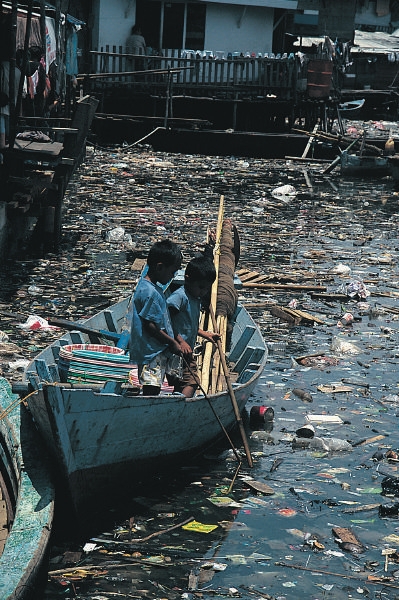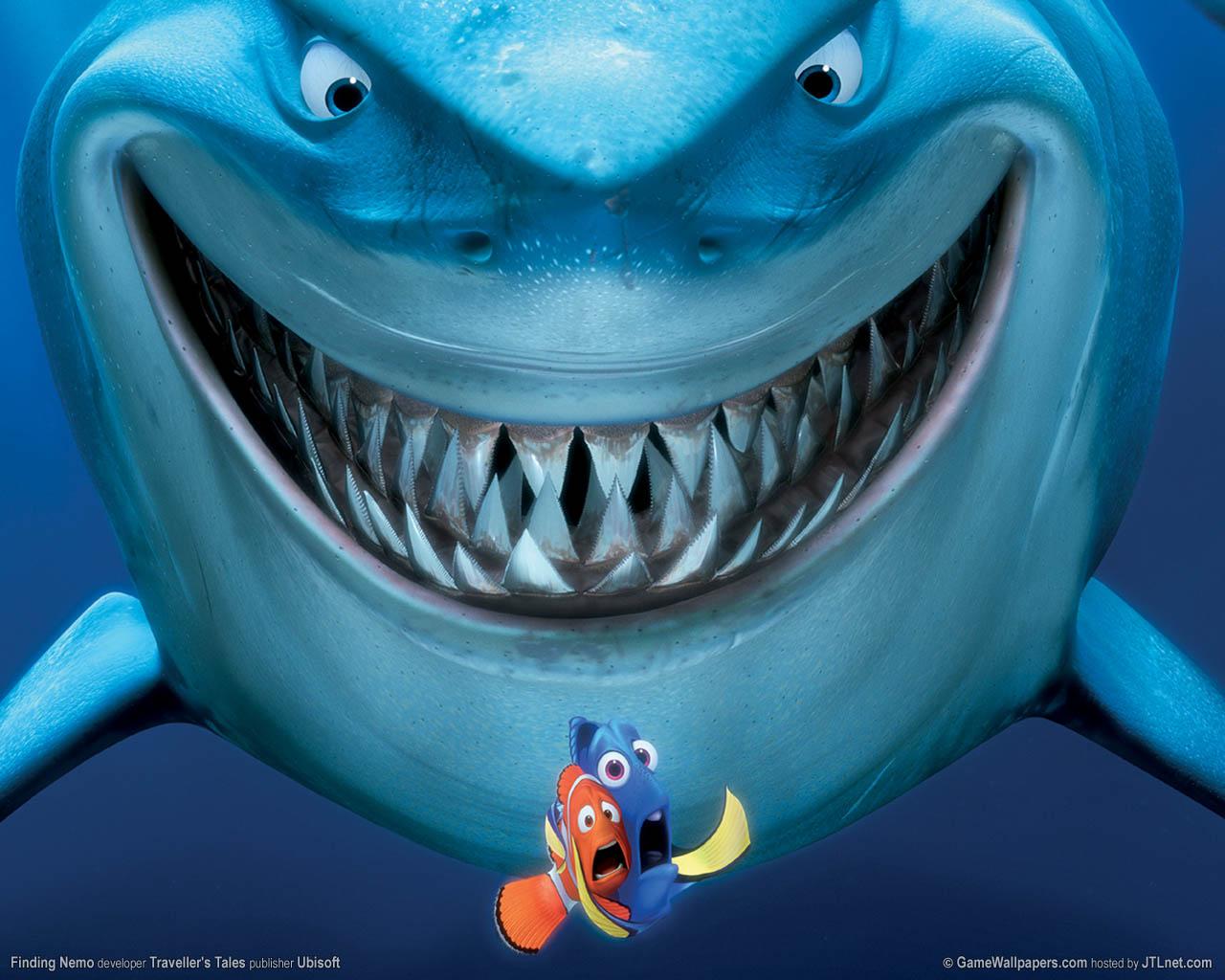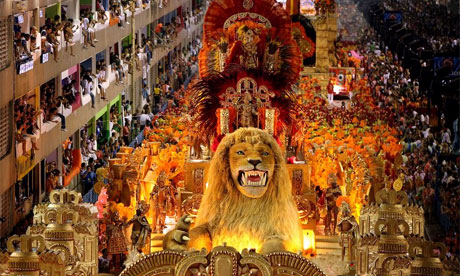
Analyzing Ocean Pollution
Ocean Pollution was the theme of our group. The name of the group was Sub-Zero. Our theme basically consisted of the water god Oxum and Omolu the pollution god. The plot of the dance was the two gods marching in the front of the parade; the fishes were behind along with the starfish and me as the shark. All the fishes that were following were the pray and the shark was the predator in the ocean. When the march started we were swimming because we are in the ocean, eventually we do the water dance where we put our hands together to form a cup and swerve left to right. We calculated how many times we were going to do that until we hit our mark and start stomping. We stomped as a group together six different sets and then we spin our music starts and we go under the arms of the two gods to form a circle. The song we used was by “Kid-Cudi She came Along,” As soon as the lady said “She came Along,” the two gods came in to dance their dance. While the ocean creatures circled them and walked around them. After a while the gods start fighting and Oxum gets knocked out of the circle while Omolu starts killing the fishes.
After she kills all the fishes, but the shark, the shark has nothing to eat since his food was gone and dies of starvation. After a while Oxum comes back and kills Omolu and starts saving all the fish from death including the shark, after they all revive we leave and start marching back to the end of the parade.
The whole idea of the theme Ocean Pollution came from the way Omolu spreads the smallpox, but in this case she’s spreading pollution. In our history of pollution, the ocean is one of the environments that suffer the most deaths because of pollution. These deaths include many different types of fishes, turtles, stars, and even sharks die. Oxum is the water god who keeps all these animals safe by providing them with water, but Omolu is the pollution that is thrown in the water and crosses the ocean life.
My part in the parade was to choreograph the whole routine along with another choreographer. I decided that the start of the march should consist of us to be swimming. After we hit the corner we would lock arms with the person next to us and skip together as a group. After we all came together and decided to knit. The importance of that in our group was for the knitting to capture our memories of the enjoyment we had swimming. From knitting I decided that we should samba to a certain point to show that we are still happy as a group. Once we hit the two yellow poles on the way to the stage we started to do the water dance to show that we have water, after that the music starts which happens to be a song that I choose and fitted perfectly in our parade. Once we got to our mark where in practice we practiced it too many times to not know where it was, but we got it right and started to march down to the stage in fancy style I believe.
Our performance started as soon as we got to the front of the judges. The two gods united to let the fishes swim under the bridge they formed. The fishes started doing a dance; the females did a different dance from the males. During this the song is playing in which the two gods circle each other around the circle while locking eyes and staring each other down. Once the song said “She came along,” the two gods go in and do their own personal dance while the fishes as me swim around them. Eventually they start fighting and pollution wins the first battle and starts polluting our water and kills all the fishes and only I the shark is left, but end up dying of hunger because there were no more fishes left. Oxum comes back and kills Omolu and revives all the fishes including the shark. All the fishes start to dance around Oxum while the shark which is me swims around the whole ceremony. At the end the two gods pick up a poster saying not to pollute the ocean. We then march our way out until we finish the parade.




































